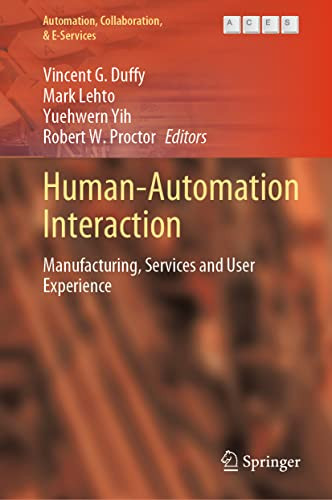

Most ebook files are in PDF format, so you can easily read them using various software such as Foxit Reader or directly on the Google Chrome browser.
Some ebook files are released by publishers in other formats such as .awz, .mobi, .epub, .fb2, etc. You may need to install specific software to read these formats on mobile/PC, such as Calibre.
Please read the tutorial at this link: https://ebookbell.com/faq
We offer FREE conversion to the popular formats you request; however, this may take some time. Therefore, right after payment, please email us, and we will try to provide the service as quickly as possible.
For some exceptional file formats or broken links (if any), please refrain from opening any disputes. Instead, email us first, and we will try to assist within a maximum of 6 hours.
EbookBell Team

4.1
40 reviewsThis book provides practical guidance and awareness for a growing body of knowledge developing across a variety of disciplines and many countries. This book is a celebration of the Gavriel Salvendy International Symposium (GSIS) and provides a survey of topics and emerging areas of interest in human–automation interaction. This book for the GSIS emphasizes main thematic areas: manufacturing, services and user experience. Main areas of coverage include Section A: Advanced Production Management and Production Control; Section B: Healthcare Automation; Section C: Measuring and Modeling Human Performance; Section D: Usability and User Experience; Section E: Safety Management and Occupational Ergonomics; Section F: Manufacturing and Services; Section G: Data and Probabilistic Information; Section H: Training and Collaboration Technologies. Contributions from especially early career researchers were featured as part of this (virtual) symposium and celebration. Gavriel Salvendy initiated the conferences that run annually as Human–Computer Interaction International and Applied Human Factors and Ergonomics International (AHFE), both within the Lecture Notes in Springer. The book is inclusive of human–computer interaction and human factors and ergonomics principles, yet it is intended to serve a much wider audience that has interest in automation and human modeling. The emerging need for human–automation interaction expertise has developed from an ever-growing availability and presence of automation in our everyday lives.